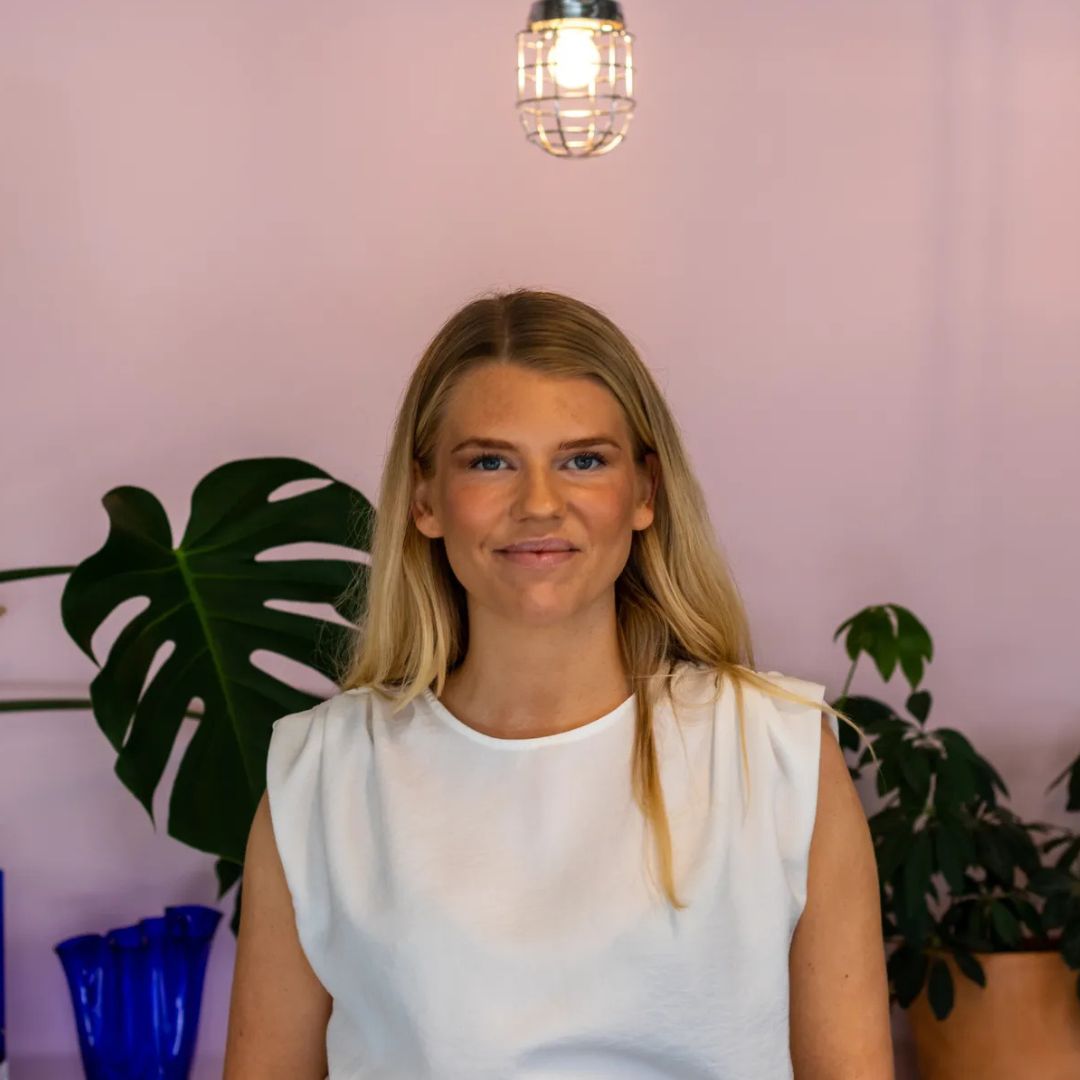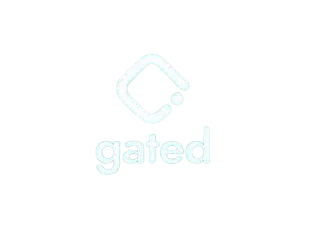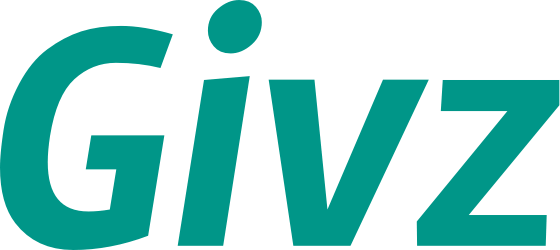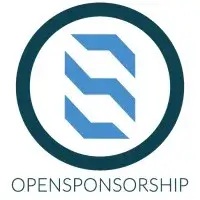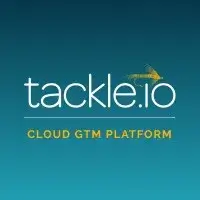Ready to build your own Founder-Led Growth engine? Book a Strategy Call
Frontlines.io | Where B2B Founders Talk GTM.
Strategic Communications Advisory For Visionary Founders
Actionable
Takeaways
Shift Reporting Metrics Before Leadership Asks:
When transitioning from the old playbook, Tara proactively tackled the reporting question: "If we don't care about lead volume, what do we report on?" She's rebuilding board slides to focus on demo attendance quality and right-fit meeting bookings rather than traditional funnel metrics. The key is addressing this before quarterly reviews force the conversation, giving you time to establish new success measures that align with account-based motions.
Get Sales Feedback Early and In-Person:
Tara spent significant time with the BDR leader in her first weeks, who transparently shared that marketing was sending "garbage leads" that wasted their time. This feedback—easier to share with a new hire than existing team members—became the foundation for her quality-over-quantity mandate. Create safe spaces for candid feedback, preferably in-person, where sales can be honest about lead quality without worrying about stepping on toes.
Create Thought Leadership for Readers, Not Algorithms:
Tara's approach to content cuts through the noise of "optimizing for LLMs": simply ask "who is the reader and is there value here for them?" If the content already exists and you don't have unique data or perspective, don't write it—even if ChatGPT makes it easy. This reader-first mentality produces differentiated content that builds trust rather than cluttering search results with recycled information.
Invest in What AI Can't Automate:
ContactMonkey allocates nearly 50% of its marketing budget to events—specifically because it's "hard to scale" and can't be automated with AI. Tara's 2026 strategy focuses exclusively on channels that resist automation: physical events, direct mail campaigns, and personal customer gifting. As AI commoditizes content creation, the competitive edge shifts to high-touch, difficult-to-replicate experiences.
Structure Teams Around Your Actual Pipeline Sources:
With events driving significant pipeline, Tara maintains two full-time event marketers on a seven-person team—an unusual structure that mirrors reality rather than conventional org charts. She also employs a designer dedicated to customer-facing deliverables (custom email templates), acknowledging that customer success touches marketing output. Build team structure around what actually generates revenue, not standard marketing org templates.
Test Customer Marketing Before Scaling Acquisition:
Tara's 2026 focus includes customer-facing campaigns—product webinars with product managers (not sales), surprise gifting to long-term customers, and expansion plays. For ContactMonkey's customers like Pepsi who communicate with hundreds of thousands of employees, existing customer advocacy and expansion represents more efficient growth than constantly filling the top of the funnel with net-new accounts.
Define "Qualified" Differently by Channel:
Event leads require different qualification criteria than website leads. Tara tightened event lead definitions to prevent sales teams from wasting time calling people five times who were simply collecting booth swag. Work with sales to establish channel-specific qualification frameworks rather than applying uniform "qualified lead" definitions across all sources, which forces BDRs to work obviously unqualified contacts.
Partner on Side Events to Split Costs and Effort:
Rather than competing for the biggest booth presence, Tara partners with complementary vendors like Appspace to co-host dinners and happy hours around major events. This approach splits costs, reduces the burden of filling the room, and creates intimate settings where real conversations happen—often more valuable than massive booth traffic that yields low-quality leads.
Manage Change Through Clear Communication About "Why":
Moving from lead volume to quality metrics created "uncertainty" among team members worried about missing lead targets they'd committed to. Tara's approach involves repeatedly explaining the reasoning, getting sales buy-in first to demonstrate alignment, and giving team members permission to stop uploading every event contact just to hit numbers. Change management requires over-communicating the strategic rationale, not just announcing new metrics.
Hire GTM Engineers for Marketing, Not Just Sales:
Tara's planning a "GTM engineer" hire—not a traditional engineer, but someone with an "automation mindset" who can explore new Clay integrations, track behavioral signals, and connect data across HubSpot and other tools. This role bridges marketing and sales operations, focusing on identifying which accounts deserve attention based on signals rather than just executing campaigns or building product features.
Conversation
Highlights
In this episode of The Marketing Front Lines, we speak with Tara Robertson, Director of Marketing at ContactMonkey. Tara is navigating one of the most critical transitions in B2B marketing: migrating from the traditional lead generation playbook to a modern, account-based approach. With eight months into her role, she’s rebuilding ContactMonkey’s marketing strategy while managing a seven-person team that allocates nearly half its budget to events. Her journey from building Alina Vandenberghe’s founder brand at Chili Piper to establishing new frameworks at ContactMonkey provides tactical insights into change management, team restructuring, and adapting to the post-lead form era of B2B marketing.
Topics Discussed
- Transitioning from volume-based lead generation to account-based marketing
- Building thought leadership without optimizing for search engines or LLMs
- Managing marketing team change when moving away from lead volume metrics
- Structuring marketing teams for ABM motions and event-heavy strategies
- Defining and hiring for “GTM engineer” or growth hacker roles
- Creating customer marketing campaigns for retention and expansion
- Event strategy focused on side events and partner collaborations
- Selling to under-resourced personas with limited buying experience

